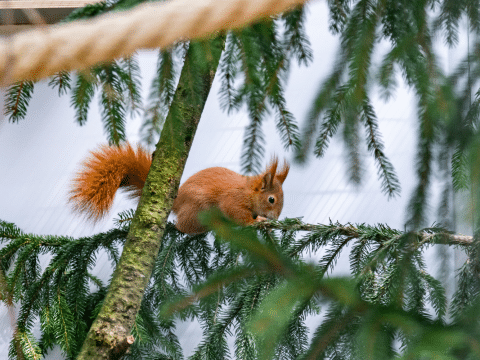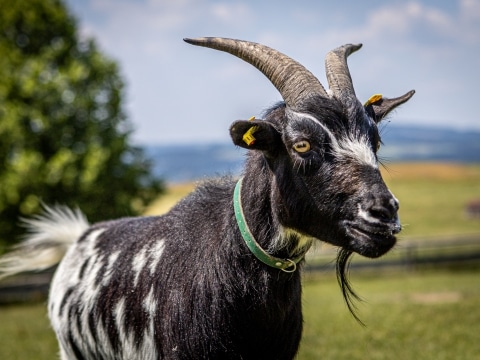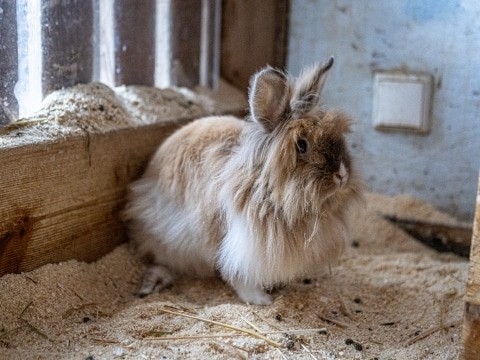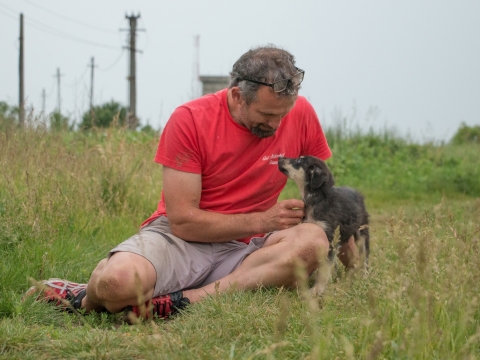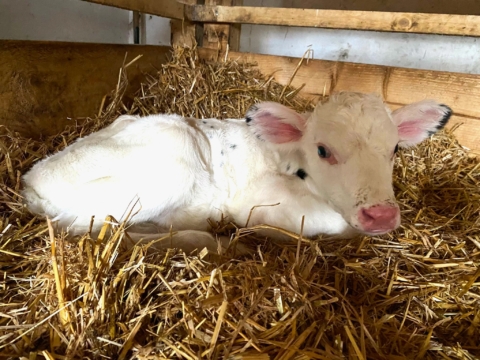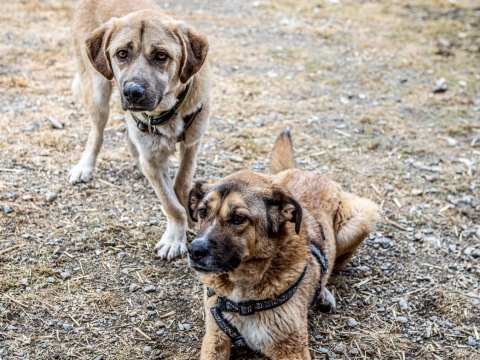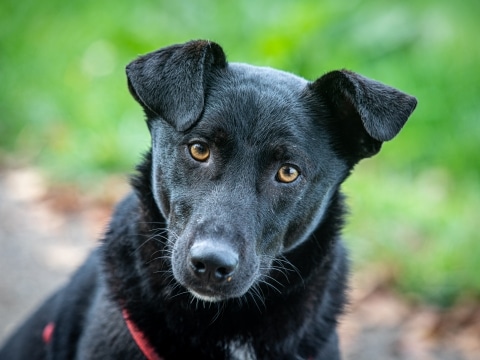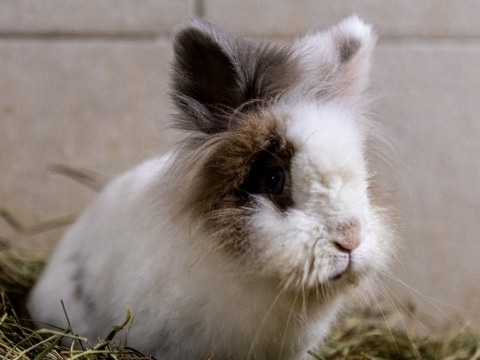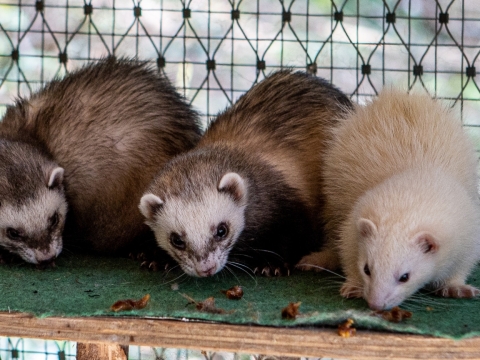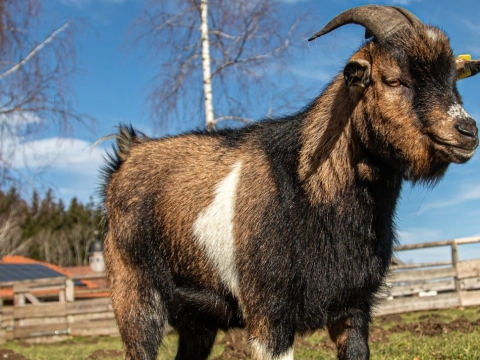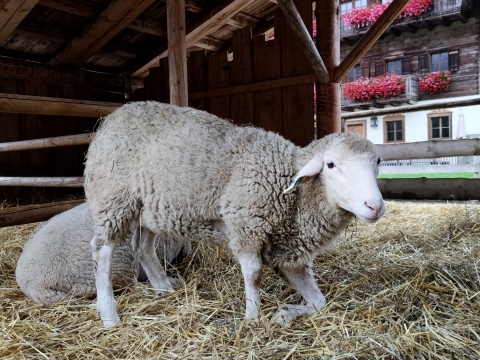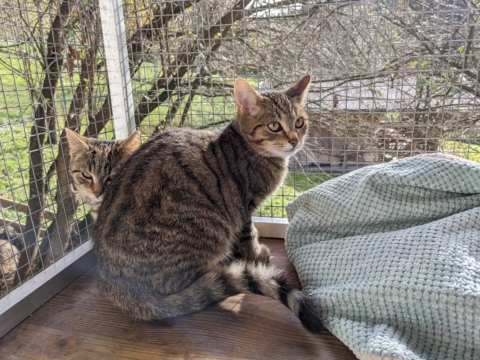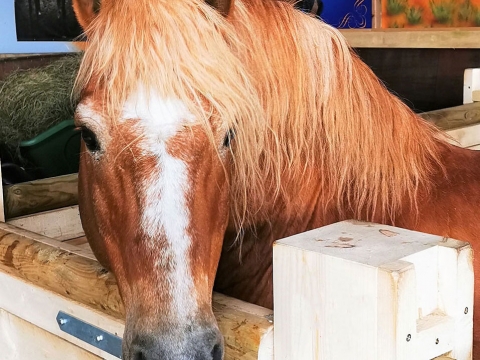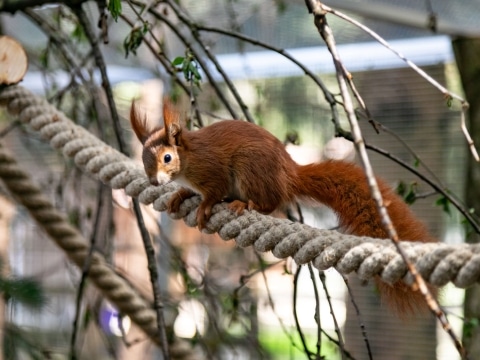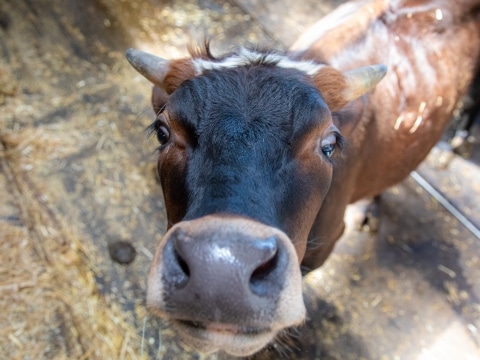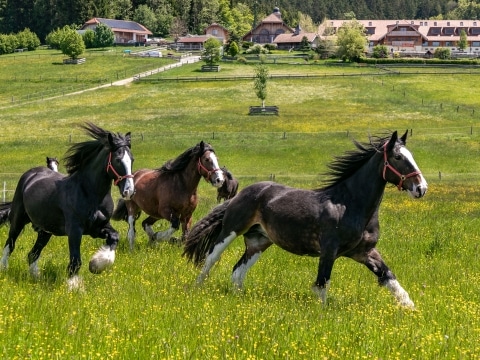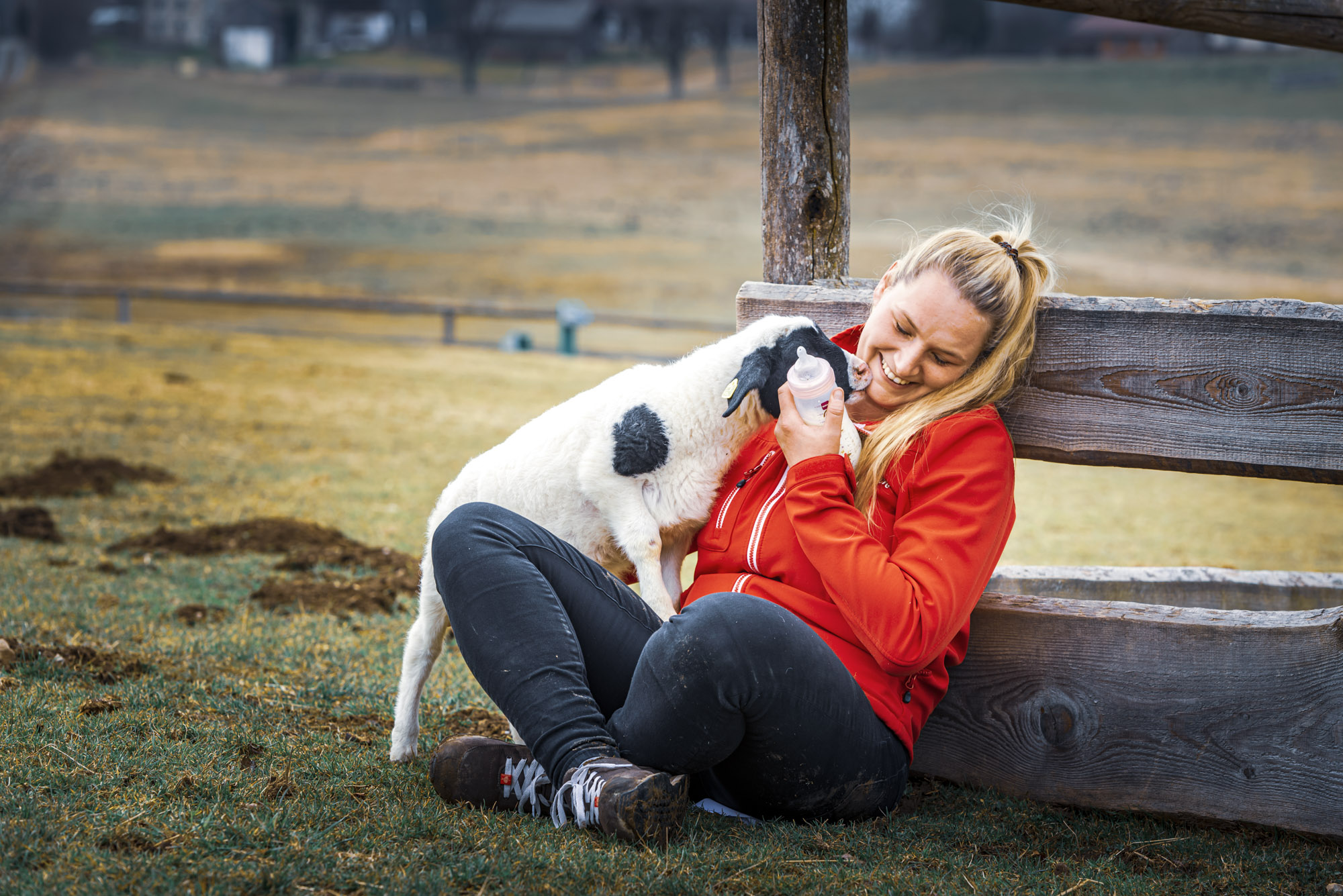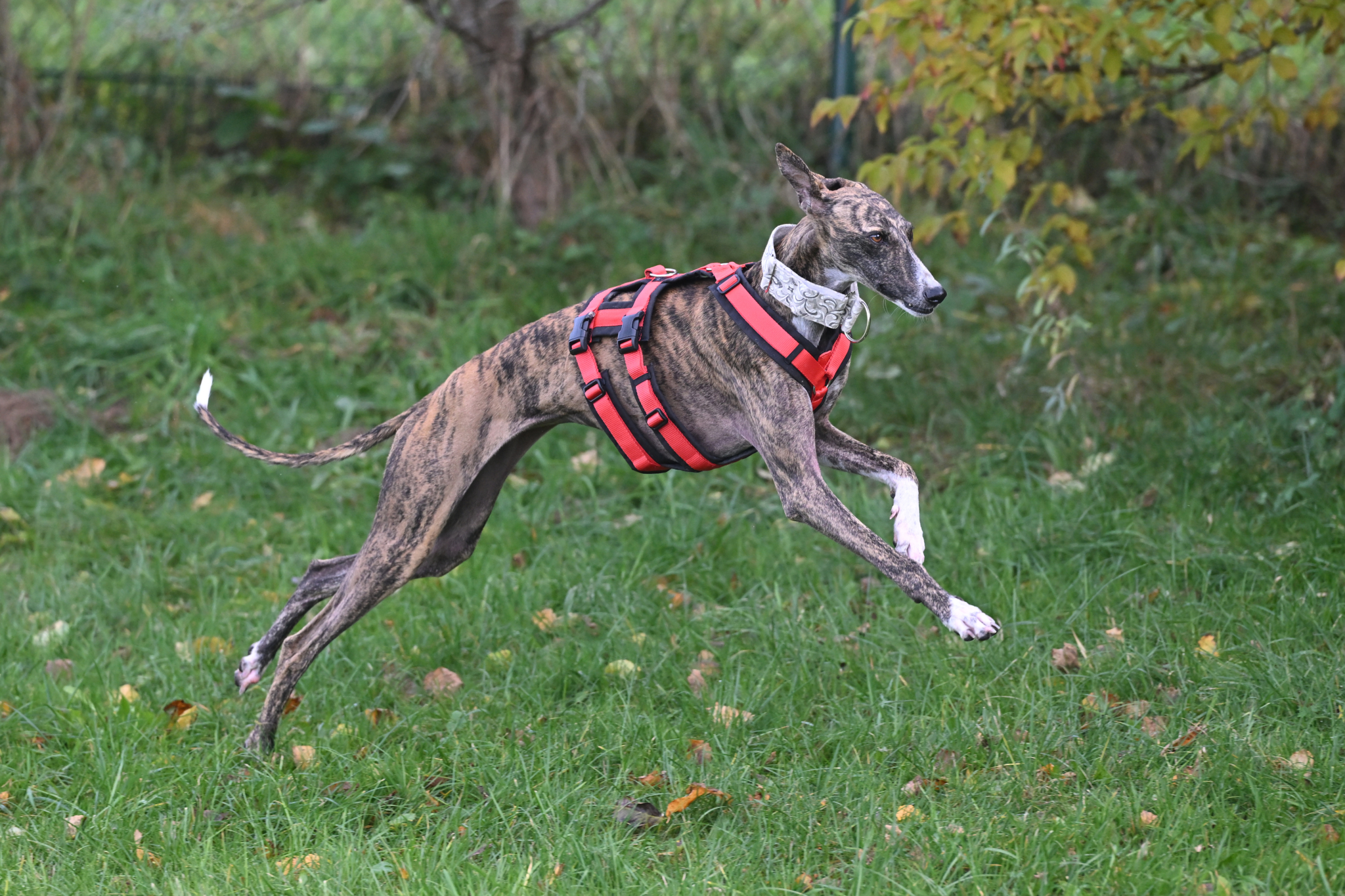
February 1st -
The World Galgo Day
From the perspective of Gut Aiderbichl
(written by Gisela Pschenitschnig)
Wake up - The suffering of the Galgo Espanol
Morality determines our actions. It is based on general ideas about what is right and wrong behavior. Anyone who violates this - i.e. acts immorally - usually reacts with feelings of guilt. However, moral concepts vary from culture to culture and society to society.
What makes us humans tick? What makes us bad or good people in certain situations? What makes us say stop, and what makes us overshoot the mark of what is morally justifiable?
With my contribution, I want to make people think, rethink and act. It is not enough to say "How can people...". The situation surrounding the Galgo Espanol demands a stop and clear humane action for the good of the Galgos.
The gentle, friendly and loyal Galgo
The Galgo was originally bred to be an independent and self-reliant dog. In order to train a sighthound, the human must be clear and reliable and prove to the dog through his behavior that it is worth orienting himself towards him. Galgos are highly sensitive and you won't achieve much with harsh training. On the contrary, the Galgo will only become a friend of the human if the human's well-meaning facial expressions and body language can persuade him to become his friend.
Galgos are elegant in appearance. They have a slim, muscular build and long, slender legs. Like all sighthounds, they are very active and eager to move, full of energy and need plenty of exercise.
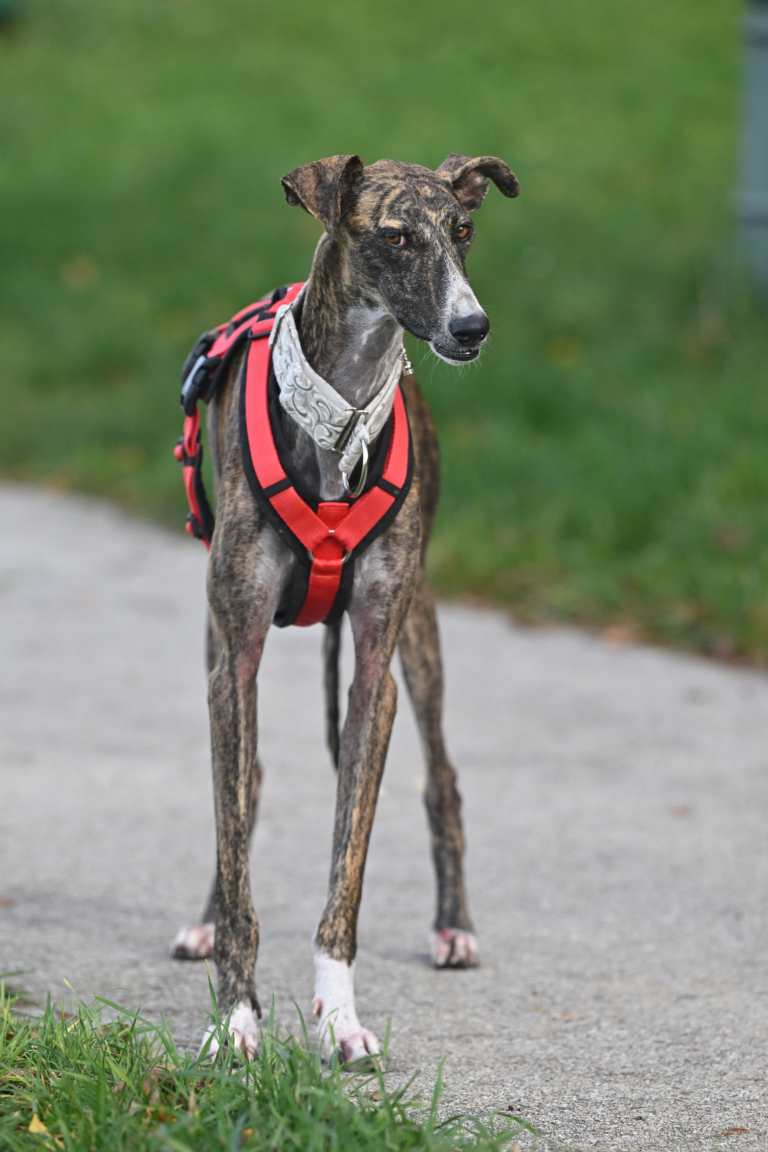
The Galgo Espanol and its home country Spain
The Galgo was originally bred as a hunting dog for the Spanish nobility. It is a so-called sight hunter and can reach speeds of up to 65 km/h when running. Around 1930, the Spanish hunting dog became a dog that was used in dog races in England and Spain. To make the Galgo faster, it was mated with the Greyhound, which is a master of speed, especially on flat tracks.
Since 1971, the original Galgo Espanol has been internationally recognized as a dog breed by the World Kennel Club.
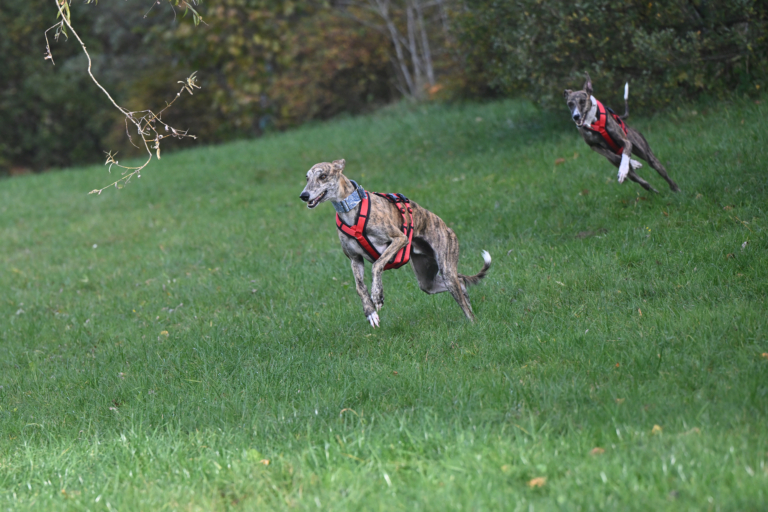
The task of the Galgo Espanol: dog racing and hunting
In order to have fast dogs for hunting, mass breeding is carried out so that a "bad" hunting dog can be immediately replaced by a healthy, young Galgo.
Hunting is a popular sport in Spain and obtaining a license to kill is an easy game; a "real" Spanish man likes to spend his free time hunting. Hunting dogs of all breeds are kept in large packs under the most miserable conditions, with many leading a sad existence on a chain or in dark sheds. Even the noble Spanish greyhound is for most Spaniards a mere hunting instrument to be used and thrown away.
The mass keeping of dogs costs money and so the Galgos are kept in poor conditions. Dogs that are no longer "needed" are sorted out and killed in a gruesome manner. They are hanged or tied up and left to fend for themselves without food or water - until they die.
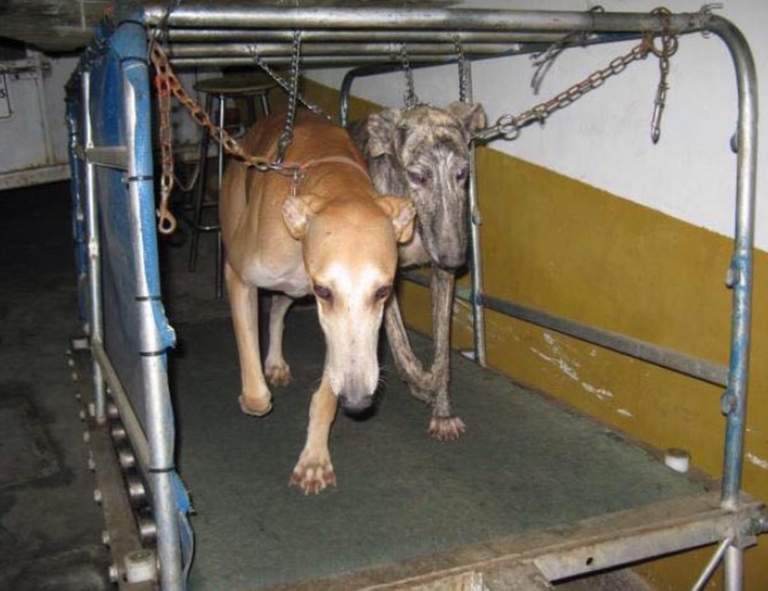
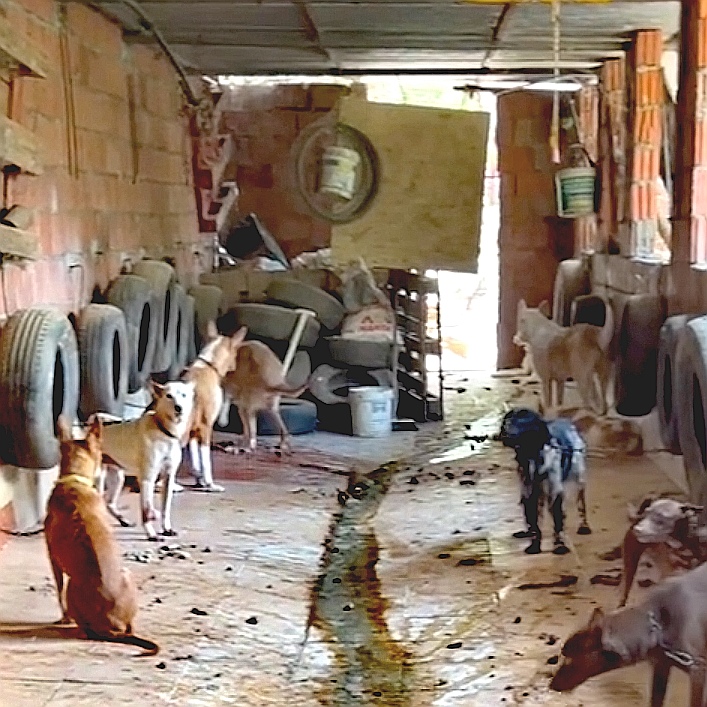
An agonizing concert with a fatal outcome - the "piano playing" of the Galgos Espanol
Galgos that are no longer fit to hunt are killed. Tradition allows many dog owners to hang their galgos. Hanging the Galgo has a long tradition. This tradition dates back to the time when the galgo was considered to be a food procurer, i.e. when it preyed on rabbits etc. so that people could feed themselves. If the prey failed to materialize, hanging the galgo was the cheapest way to dispose of it. This method of disposal was mainly used by poor people, until this horrific method eventually developed into a tradition that is still valid today.
To this day, the dogs are hung from a tree just above the ground. Their paws try to find a hold on the ground but cannot reach it. The dogs wriggle desperately and gasp for air until they suffocate in agony, accompanied by their "playing the piano" with their paws.
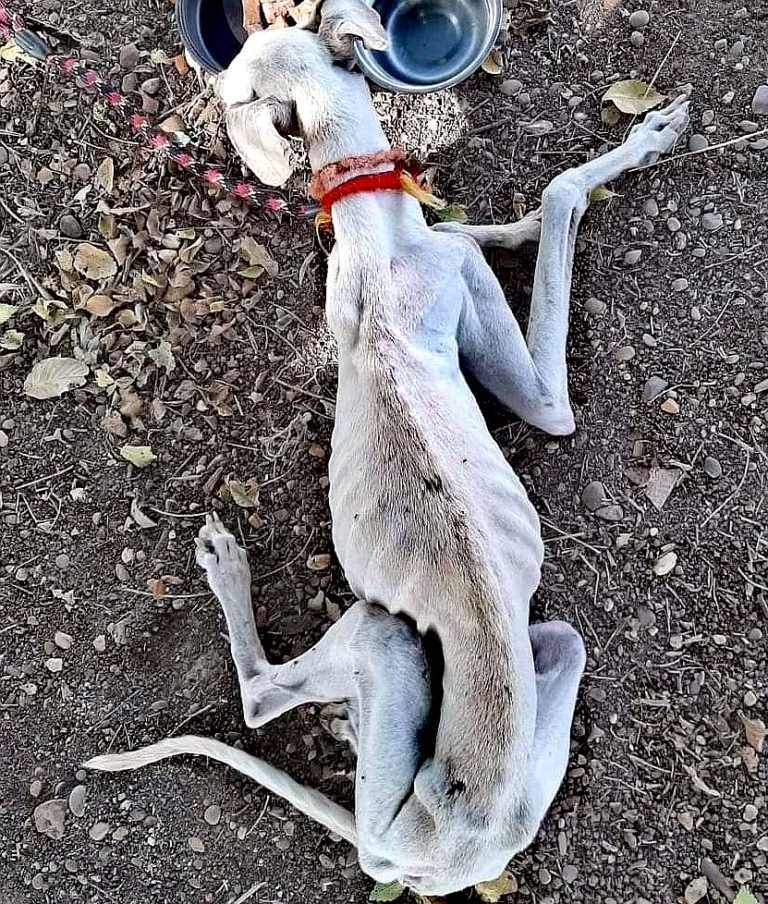
Hardly anyone knows about this appalling tradition
In March 2023, an animal welfare law was passed in the EU country of Spain, but galgos were exempted from it. By law, they are considered hunting and working dogs and are farm animals. The brutal keeping and killing of galgos remains without legal consequences.
Let's give the Galgos Espanol a loud voice and try to put an end to this misery in human unity. Saving Galgos from Spain is not enough. The galgos must be given a strong, public voice to prevent this horrific animal suffering in the future.
Photos: © Animal Welfare Spain e.V.
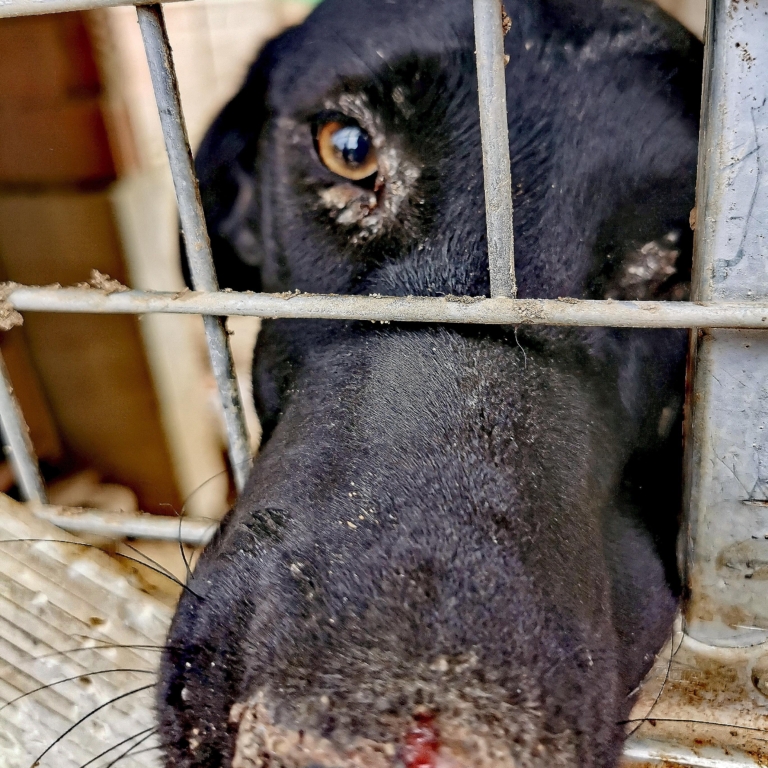
Never be afraid to do the right thing, especially when it comes to the welfare of a person or an animal. Society's punishments are minor compared to the wounds we inflict on our souls when we look the other way.
~Martin Luther King
Please help, sincerely yours Gisela
